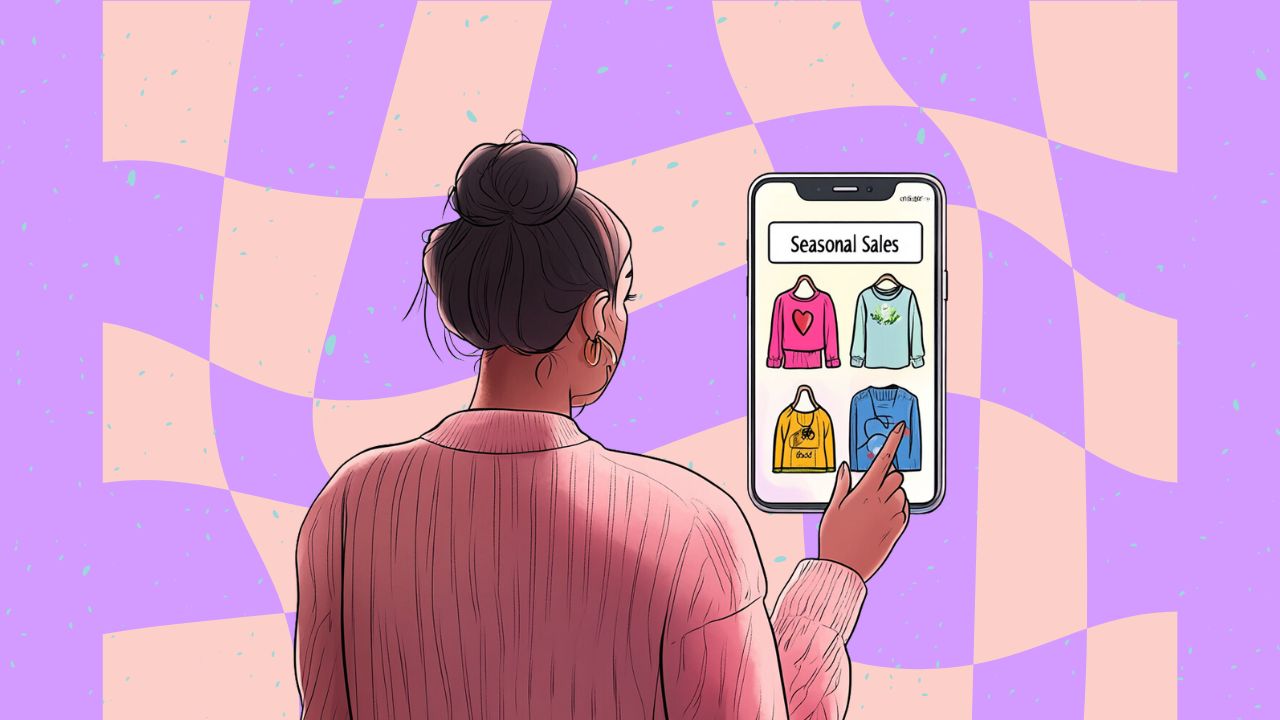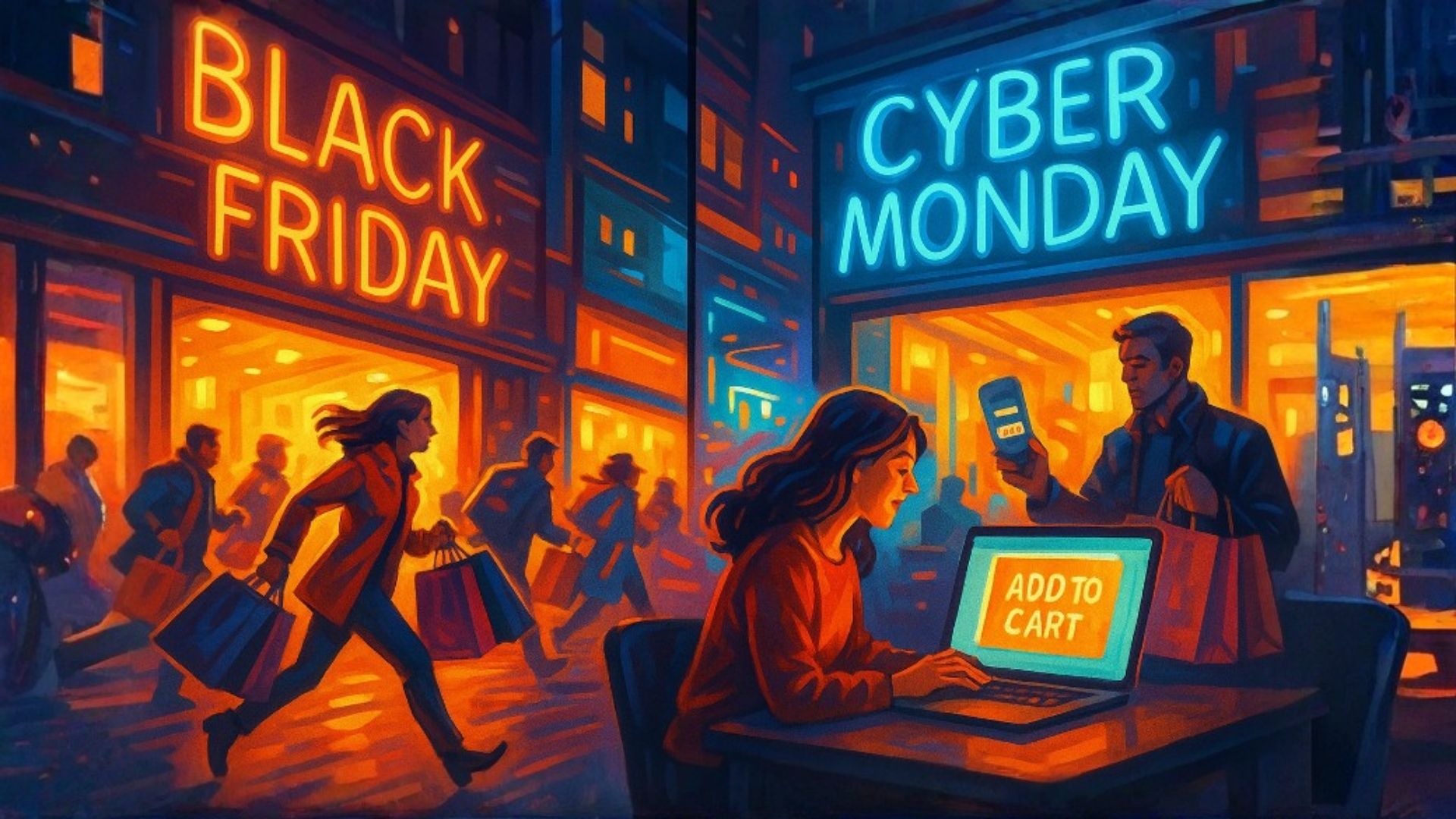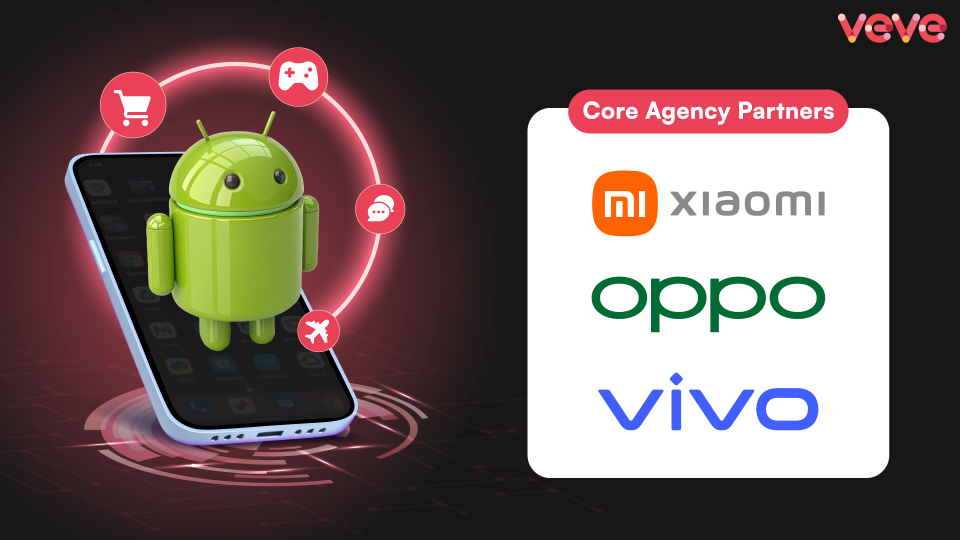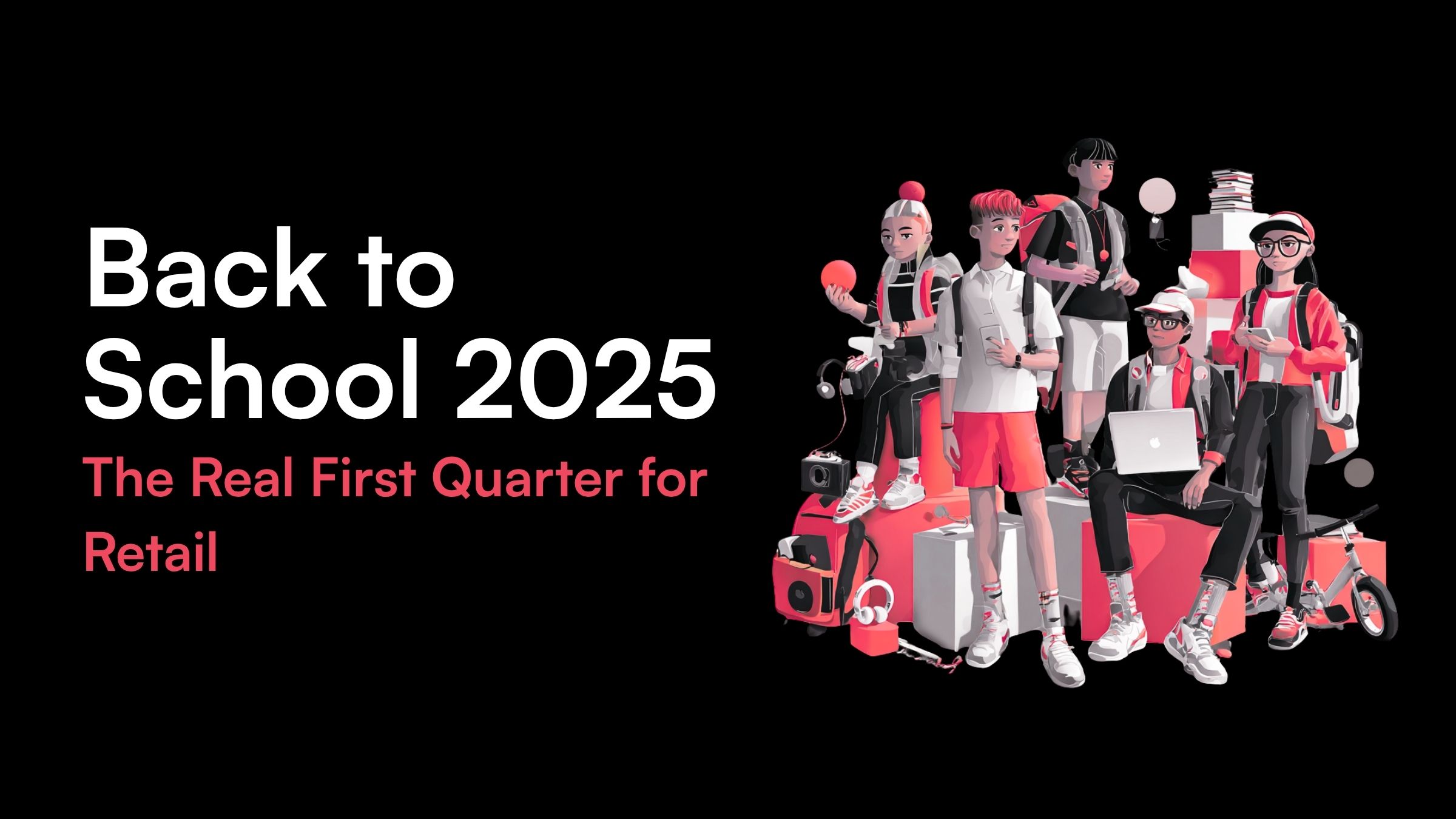The world of e-commerce revolves heavily around the seasonality of consumer behavior. Globally, different regions observe distinct peaks in shopping activities mainly driven by festivals, holidays, and special sales events. In India, e-commerce sales surge during Diwali, whereas in the US, key shopping days like Black Friday and Cyber Monday set the pace. Globally, events like Single’s Day in China break ground in terms of sales volumes.
Over the years, these seasonal sales have extended, turning short promotional bursts into prolonged periods of consumer engagement and spending.
SEASONAL SALES – THE GOLDEN PERIOD FOR E-COMMERCE BRANDS

Q4 is a golden period for e-commerce brands, packed with major festivals and sales events. Many brands view Q4 as make-or-break for their annual targets, with reports indicating that a large share of their yearly revenue is generated during this period. Let’s look at some stats from 2023 to understand how seasonal sales affect businesses worldwide:
- Single’s Day Sales (China): Generated an astounding $1.6 billion in sales in 2023, setting new records.*
- Diwali Sales (India): Saw sales skyrocket to $44.6 billion, a significant increase from $17.9 billion in 2022 despite economic challenges.*
- Holiday Season Sales (US): Sales during Christmas and New Years is estimated to reach $1.59 trillion and likely to increase between 2.3 and 3.3% in 2024.*
- Cyber Week – Thanksgiving + Black Friday + Cyber Monday: Digital sales across Cyber Week reached $298 billion globally with a 6% increase YoY.*
Significant Q4 performance metrics:
- Amazon: Reported a 14% increase in Q4 2023 sales, from $149.2 billion in 2022 to $170 billion during season sales.*
- Flipkart: Achieved a GMV of $21.3 billion with 1.4 billion visits during Big Billion Day sale.*
- Shopify: GMV increased by 23% to $75.1 billion, an increase of $14.2 billion over the fourth quarter of 2022.*
To meet or exceed these impressive statistics, it’s vital to explore innovative advertising strategies beyond just search and social media to enhance e-commerce performance during these key sales periods.
OEM ADVERTISING FOR E-COMMERCE BRANDS
OEM Advertising, a strategy that places ads directly on devices through smartphone manufacturer partnerships, has emerged as a highly lucrative addition to any marketing mix, especially in D2C. By taking advantage of OEM advertising, brands can benefit from several strategic offerings:
- Device-level Targeting: Target users based on the specific devices they own for relevant product recommendations.
- User Behavior Targeting: Leverage user habits to create personalized ad campaigns.
- Appographics (App Behavior): Use app usage insights to more effectively target ads.
- Remarketing: Re-engage past users to improve conversion rates significantly.
- Multiple Touchpoints: Use various ad formats across stages of the customer journey to enhance visibility and engagement.
According to the Digital 2024 Global Overview Report, there are 5.6 billion smartphone users, representing 69.4% of the global population. Among these users, 51% prefer using a company or brand’s mobile app for browsing or shopping on their smartphone.*
Let’s look at how the key metrics in OEM advertising differs:
- Conversion Rates (CR): OEM sources can see Click-to-install of 20-40%.*
- Click-Through Rates (CTR): OEM sources average 1-6%, compared to 0.15%-1% for other in-app ads.*
- CR from Install to Targeted Action: OEM sources show high conversion rates similar to organic traffic.
These impressive metrics make OEM advertising a profitable strategy for e-commerce success.
OEM Advertising Tips for E-commerce Brands/Marketers

To maximize OEM advertising, e-commerce brands should consider these tips:
- Optimized Ad Placements and Formats: Use high-impact banners, interstitial ads, and native ads that cover significant screen real estate on OEM devices or browsers.
- Understand Target Audience: Personalize ads based on deep user insights to drive engagement and conversions.
- Localized Ads: Tailor ads to local markets’ cultural nuances and language preferences to resonate more effectively.
- Technical Optimization: Ensure ads lead to well-optimized landing pages with smooth navigation, focusing on UI/UX.
- Analyse and Track Performance: Continuously monitor key metrics and adjust strategies based on real-time data.
- Leverage Demand-Side Buying Platform: Enhance reach and efficiency of OEM advertising campaigns through Demand-Side Buying Platforms.
Read more: https://veve.com/blog/tips-to-master-oem-advertising/
Conclusion
Incorporating OEM advertising into your marketing strategy can significantly amplify your e-commerce brand’s performance, especially during the critical Q4 sales season. The statistics are compelling and surpass other in-app advertising metrics.
Over the years, VEVE has successfully facilitated this for over 2000 brands, particularly during holiday seasons, resulting in exceptional turnovers. As we approach the 2024 sales season, leveraging seasonal sales through OEM advertising could be the key to meeting and exceeding your annual targets.
Partnering with VEVE ensures that your e-commerce brand harnesses the power of OEM advertising effectively. Our expertise in device-level targeting, user behavior insights, and multi-touchpoint engagement ensures your ads reach the right audience with maximum impact.
If you’re looking to boost sales and delight customers for your eCommerce brand, get in touch with us today, and experience the AdTech difference this seasonal sale.
